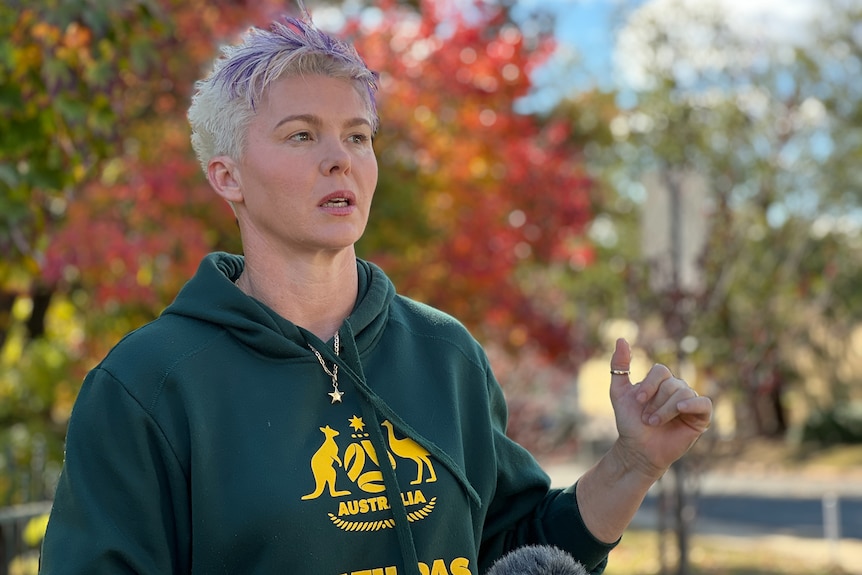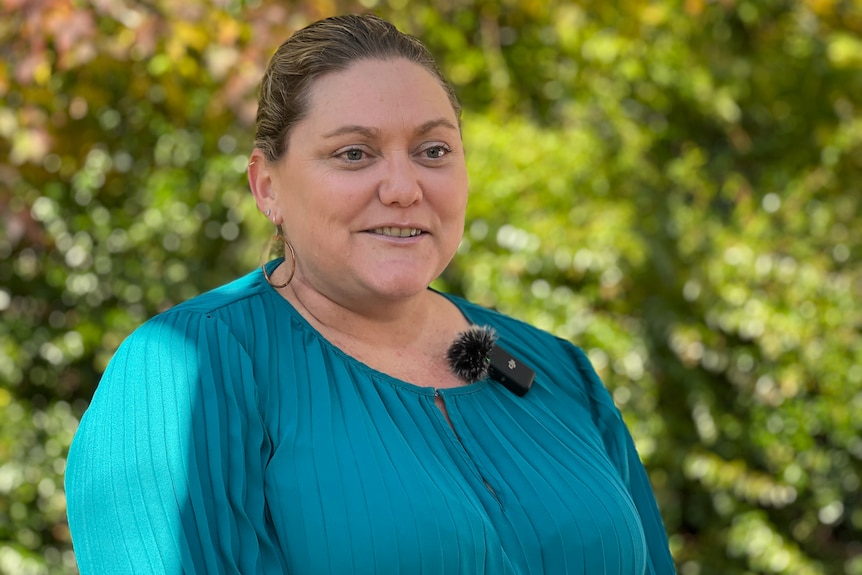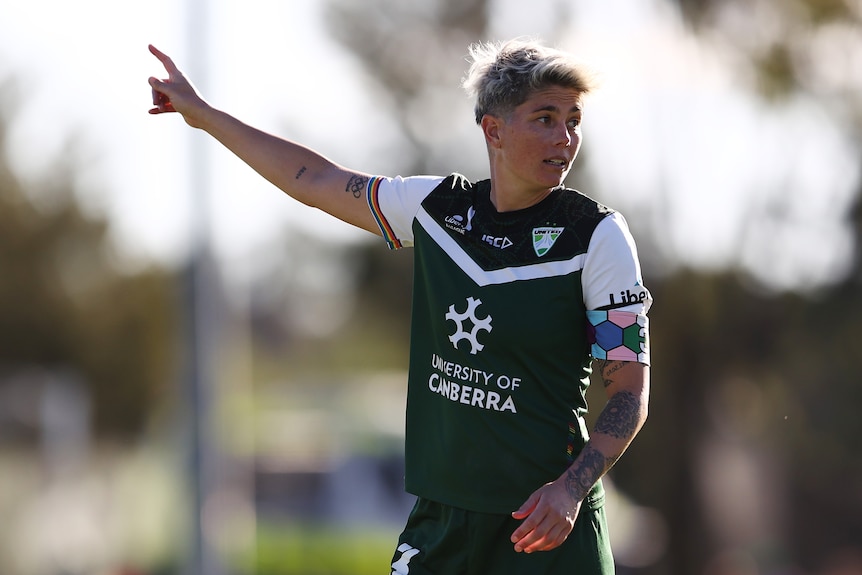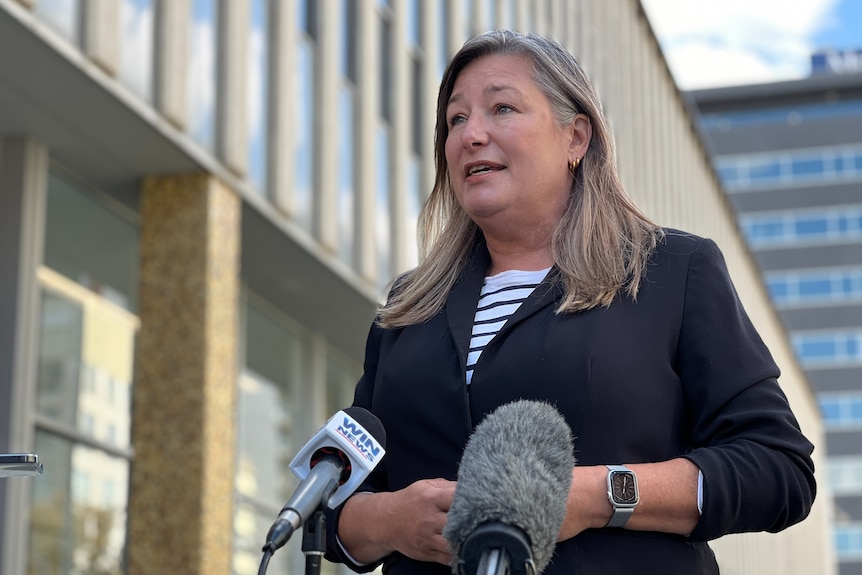Table of Contents
The Canberra media headlines earlier this week were all singing from the same songbook.
“Canberra United have been saved,” it reads.
But had it really been?
For months, the future of Canberra’s beloved (and only) professional football club was in serious doubt after its governing body said it did not have enough money to field a team next season.
That was until the ACT Government gave an additional one-off payment of $200,000 to Capital Football to keep the team alive for season 17.
The announcement was welcomed with open arms, but for many it raises more questions than answers.
How does this funding compare to other Canberra clubs?
The additional payment brings total government funding for Capital Football to $420,000 for 2024 alone.
Come next year, and hopefully Capital Football will not be in such a dire financial situation, funding is likely to return to its original $250,000 until the current deal expires at the end of the 2025/26 season.
Keep in mind that just under a year ago, funding was half that amount.
When you compare it to Canberra’s other major sporting teams, such as the Raiders, Brumbies and even the adopted Greater Western Sydney (GWS) Giants, the disparity is obvious.
Let’s start with Canberra’s most popular professional club: the Raiders.
The ACT Government grants the Raiders $2.6 million per year for the NRL and NRLW teams.
It is unclear how much of that money is spent on the women’s team alone, but when it was announced that they would join the competition in 2023, the government increased funding by $300,000.
Then there are the ACT Brumbies, who also have a men’s and women’s team.
In 2022, the government announced it would invest $1.78 million per season into the Brumbies to help its long-term viability.
Perhaps the most surprising figures come from the amount of government money spent on the GWS Giants AFL club, which, as its name suggests, resides in western Sydney.
Two years ago, the Giants signed a 10-year, $28.5 million partnership with the ACT Government to bring at least three men’s and two women’s AFL games to Manuka Oval each year.
That’s a whopping $2.58 million per season, just $2.33 million more than the average funding for Canberra United and Canberra Capitals.
This season, both Canberra United and Canberra Capitals had 10 home games, or $25,000 each.
‘Inequality’ in the financing of women’s sports
When asked about comparison with other Canberra sporting codes, ACT Sports Minister Yvette Berry said more needed to be done.
“[There is] “Men’s sport has been funded more than women’s sport for over 40 years, so there is a big gap we need to close,” Minister Berry said.
“There is a huge inequality gap that we need to close, so we are starting with the Canberra United team right now.
“There is more work to do, I am not suggesting we have done enough.”
So why didn’t the government offer a higher figure?
“Capital Football wrote to us and said they needed $200,000, so that’s what we’ve offered,” Ms Berry said.
“We’re not just wasting money whether we want to or not.
“At the moment, there are limits on wages and conditions for Canberra United players, so throwing money at them they don’t need wouldn’t bring the results we want.”

Sue Read is a former Matilda and founder of the group ‘Save Canberra United’. She has raised more than $77,000 for the club.
He saw similarities to when he used to fundraise for the Matildas, just so they could play.
“When I played we sold raffle tickets and chocolates and it feels like we were doing the same thing,” Mrs Read said.
“It seems like it was good training for what we’re still doing now.”
What is the future?
While the additional funding kept the team on the football field the next season, Capital Football’s financial problems were far from over.
Executive director Samantha Farrow said the organization still had a $200,000 deficit and current funding would only cover the basic needs to run the team.
“What I’m trying to do is so we can implement some new ideas around changes to sponsorship packages, some additional membership options, this new t-shirt we’re excited to launch,” Ms Farrow said.
“We hope that will help cover the shortfall.”

Of course, the other option, apart from selling shirts, is to start a men’s A-League team, which would give financial support to the women’s team.
But Farrow said she wasn’t sure where that offer was.
“I’m hopeful that it’s still coming…I’m hopeful that by the 25/26 season there will be a more professional team that is better prepared to run Canberra United in the future,” Ms Farrow said.
“It’s difficult because we are not part of the offer, so we have no inside knowledge.”
The minimalist budget included the minimum salary cap of $500,000 for the entire team, which equates to about $25,000 per player per season.
Other A-League women’s teams that are more financially stable could pay their players up to $600,000.

Because of this, current Canberra United stars such as Michelle Heyman would seriously consider the multitude of offers she has received from teams not only in Australia but around the world.
That’s fair enough, given Heyman’s recent form for Matilda and that the 35-year-old may be nearing the end of her career.
Meanwhile, other promising stars, such as the three Canberra United players in young Matilda’s squad, could look to sign multi-year deals elsewhere.
So we still expect our girls in green to reach the final, which is a tall order for a team that smells like an oily rag.

